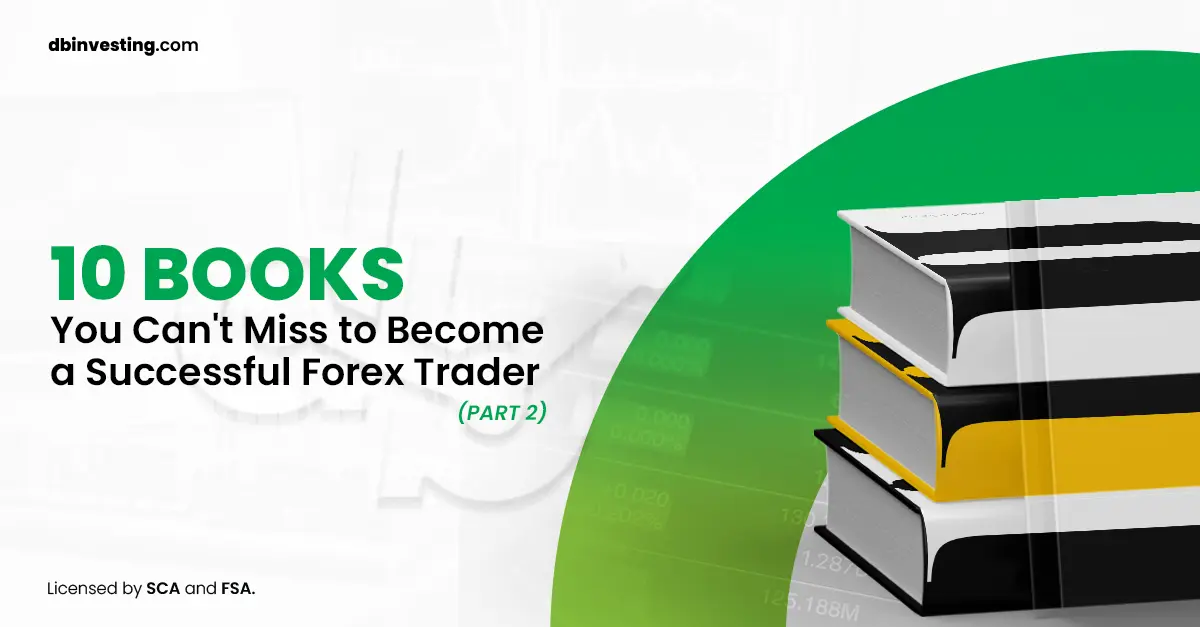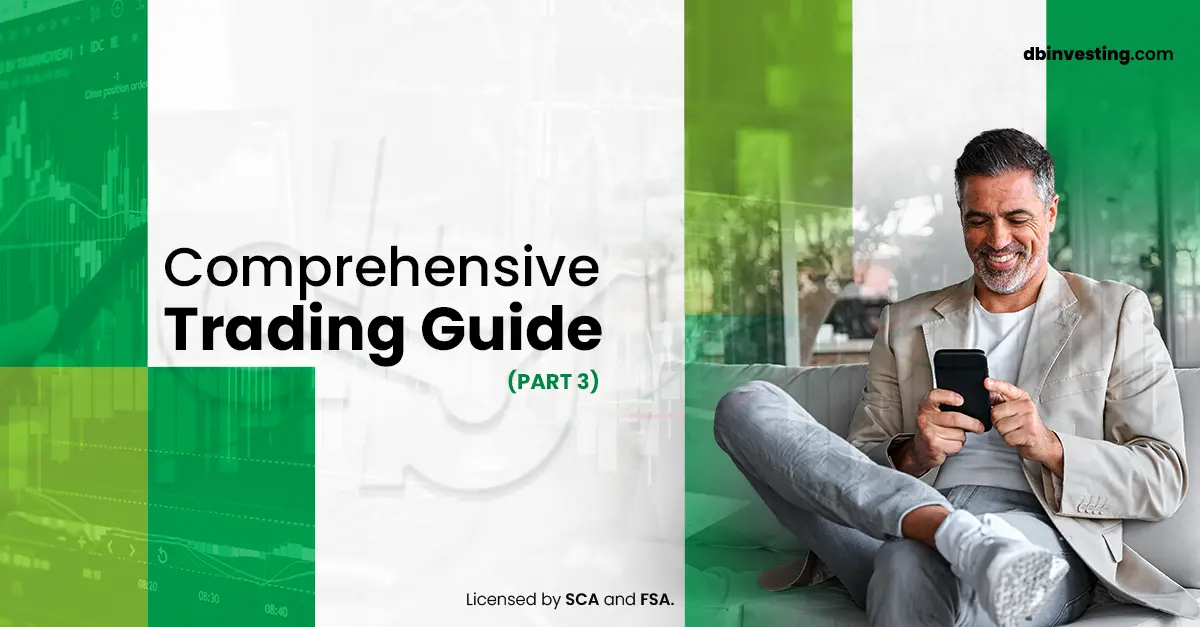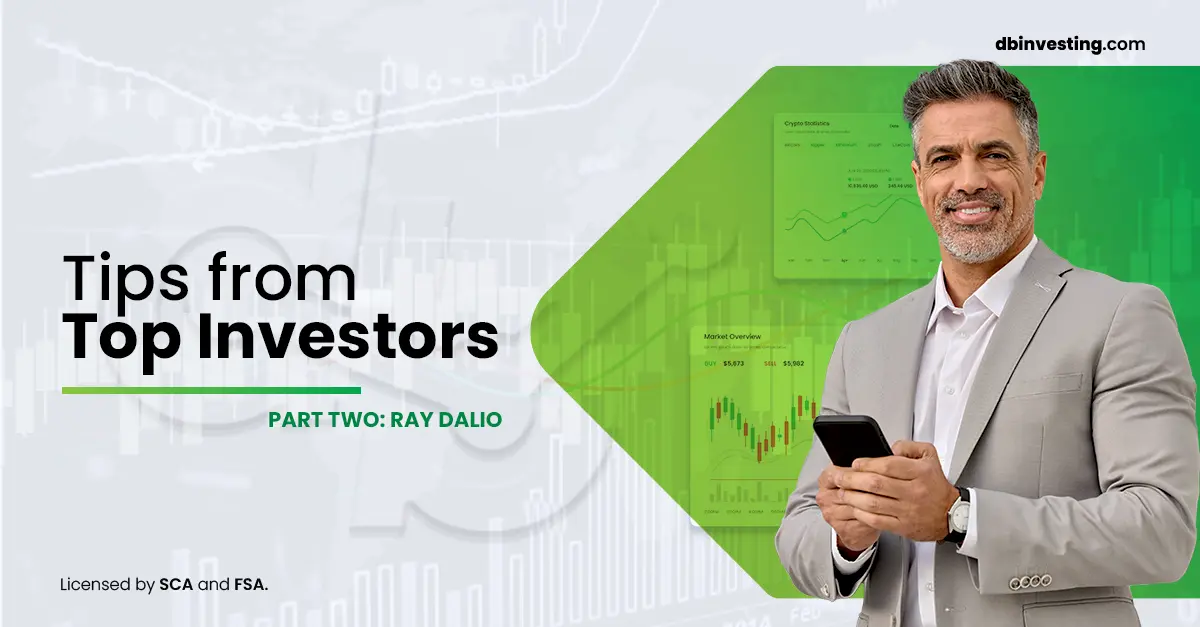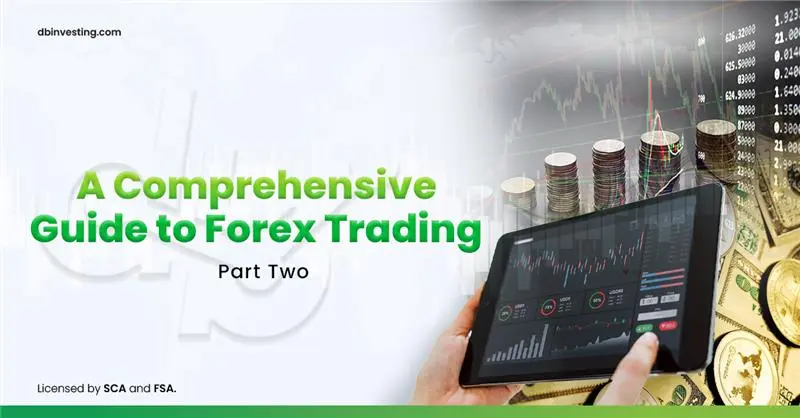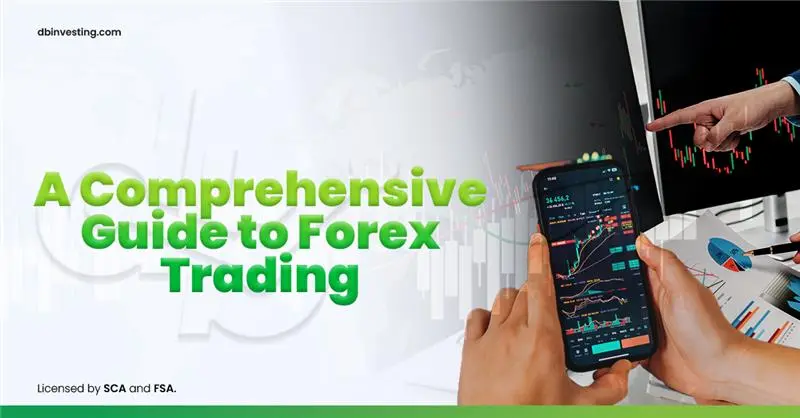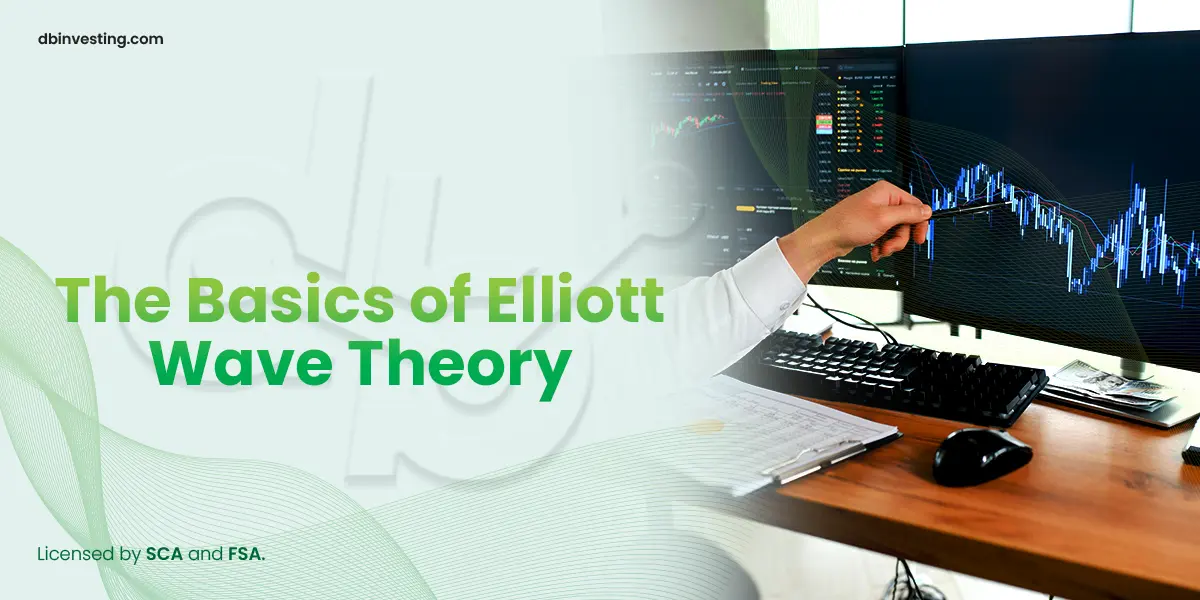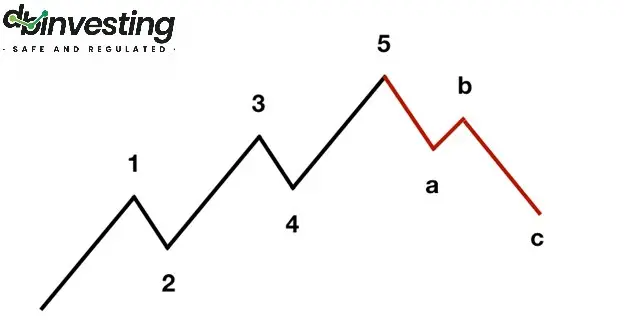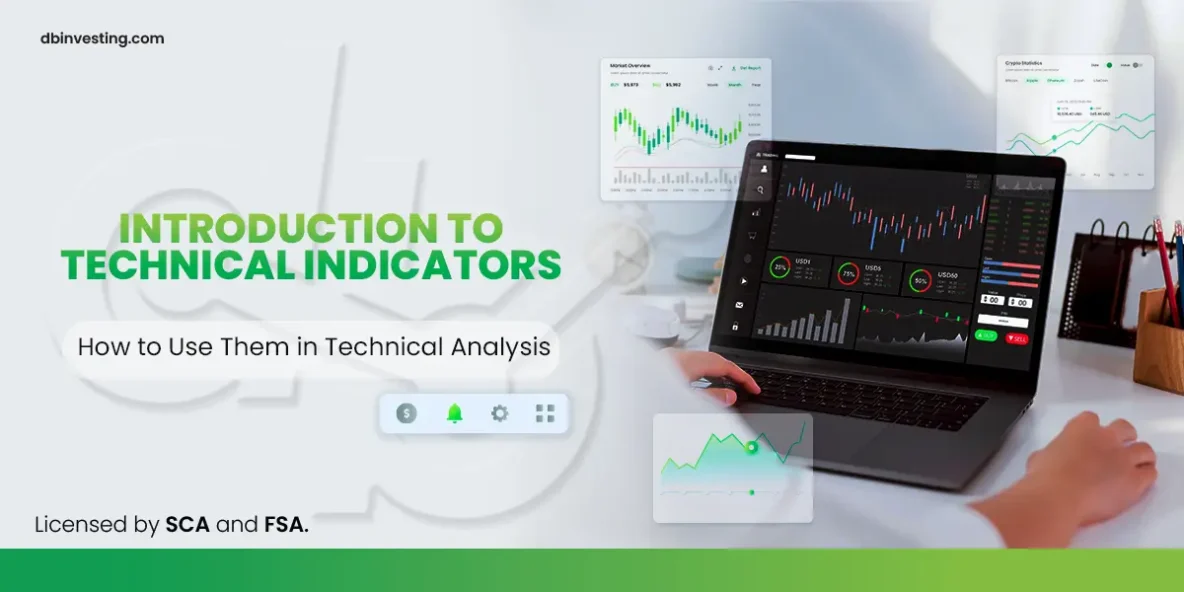After reviewing three of the best books in Part 1 that can help you build a strong foundation for Forex trading, it’s time to dive deeper. In this section, we will highlight three more books that represent a significant shift in your understanding of the markets and your development as a trader.
These books offer new ideas and innovative methods that cover various aspects of trading, from strategies for achieving sustainable profits to handling the psychological side of trading to ensure smart decision-making under pressure. These books are not just sources of knowledge; they are tools that will empower you to refine your style and achieve greater success in the world of Forex.
If you’re serious about improving your trading abilities, these three books will be a crucial step toward achieving your goals. Get ready to explore more Forex secrets and open new horizons in your professional journey!
1. How to Make a Living Trading Foreign Exchange by Courtney Smith
If you’re looking to turn Forex trading from a hobby into a sustainable source of income, How to Make a Living Trading Foreign Exchange by Courtney Smith provides a comprehensive roadmap to achieve this goal.
Courtney Smith, known for his deep expertise in the financial markets, reveals in this book the essentials every trader needs to understand the Forex market professionally. The book delves into six key strategies designed to help traders achieve consistent profits. One of the standout strategies is the “Rejection Rule,” an innovative method that seeks to multiply profits by enhancing the traditional trading channel breakout system, giving traders an additional advantage in the market.
In addition, the book covers other crucial aspects such as risk management and dealing with the psychological pressures associated with trading. Smith offers practical tools and methods to help you overcome fears and enhance self-discipline, both of which are fundamental elements for success in any financial market.
What sets this book apart is the balance between theoretical and practical aspects, with strategies presented in an easy-to-understand manner, along with real-life examples that help in applying them effectively. If you’re looking for a comprehensive guide to turning your passion for trading into a profitable and sustainable career, this book will be an indispensable addition to your library.
2. Japanese Candlestick Charting Techniques by Steve Nison
If you’re seeking a deeper understanding of charts and how to analyse markets using technical analysis tools, Japanese Candlestick Charting Techniques by Steve Nison is an essential classic guide. This book provides a detailed approach to using Japanese candlestick charts, a proven analytical tool in many financial markets like Forex, stocks, futures, and even commodities.
What makes this book stand out is that it doesn’t just offer a technical explanation of candlesticks but also integrates them with other technical tools to provide a comprehensive market analysis view. You’ll learn how to correctly interpret candlestick patterns and use them to predict price movements, giving you a competitive edge as a trader.
Steve Nison, regarded as one of the foremost experts in this field, based his book on many years of research and trading experience. He explains various candlestick patterns in a practical and realistic way, making this book ideal for traders at all levels, whether you’re a beginner or a professional.
If you’re looking to add a powerful analytical tool to your trading arsenal, this book will lay the foundation for understanding Japanese candlestick charts and effectively using them to improve your decisions and strategies. Steve Nison’s book is not just an enjoyable read; it’s a true investment in your success as a trader and analyst.
Before continuing to read, seize the unique opportunity to enhance your trading skills with Db Investing by taking their free online trading course! Learn directly from professional trading experts, discover the best trading strategies, how to use the most effective indicators, and get practical tips for trading in live markets. Don’t miss out on this chance to boost your knowledge and experience in the financial markets. Click here to register for free and start your journey toward success today!
3. Currency Forecasting by Michael Rosenberg
If you want to understand how to forecast currency movements in Forex markets more accurately, Currency Forecasting by analyst Michael Rosenberg is a classic reference that deserves a place in your library.
What sets this book apart is the author’s ability to combine technical analysis with fundamental analysis, a rare and necessary blend for any trader aiming to understand the underlying dynamics behind market movements. Michael Rosenberg, with his experience as an analyst at Merrill Lynch, presents a unique approach to currency analysis by highlighting how monetary and economic factors influence exchange rates, helping traders predict market movements with confidence.
This book is not only an excellent resource for beginners but also an advanced guide for professionals who wish to refine their strategies. You will learn how to combine fundamental analysis, such as monetary policies and economic factors, with technical analysis, such as charts and patterns, to create a comprehensive market forecast.
Currency Forecasting is more than just an educational book; it’s a powerful tool that gives you the ability to absorb the market more deeply and make smarter trading decisions. If you’re serious about improving your skills as a trader, this book is a necessary step toward enhancing your understanding and achieving success in the Forex market.
With our review of three additional books in this section, you now have advanced knowledge tools to better understand the markets and analyse movements with more precision and professionalism. The books we’ve discussed are not just educational sources; they are gateways to a whole new world of opportunities and possibilities that can transform the way you approach the Forex market.
But the journey doesn’t end here! In Part 3, we will take you to a more advanced stage, where we will review four more books with strategies and ideas designed for traders who aim to excel. Get ready to discover innovative trading methods and invaluable tips from Forex experts. Stay tuned to complete this series and firmly step toward success in the financial markets!
